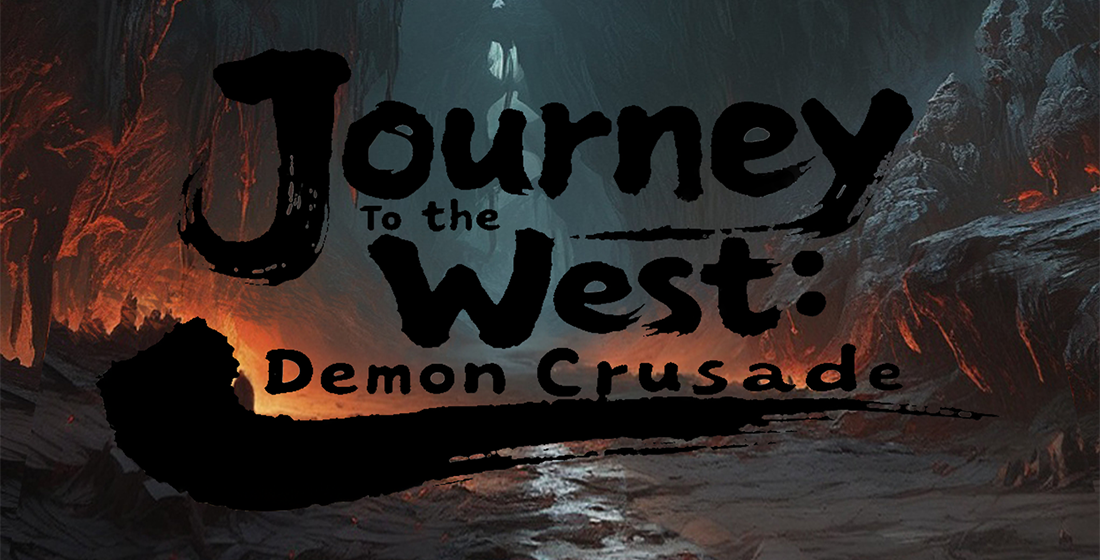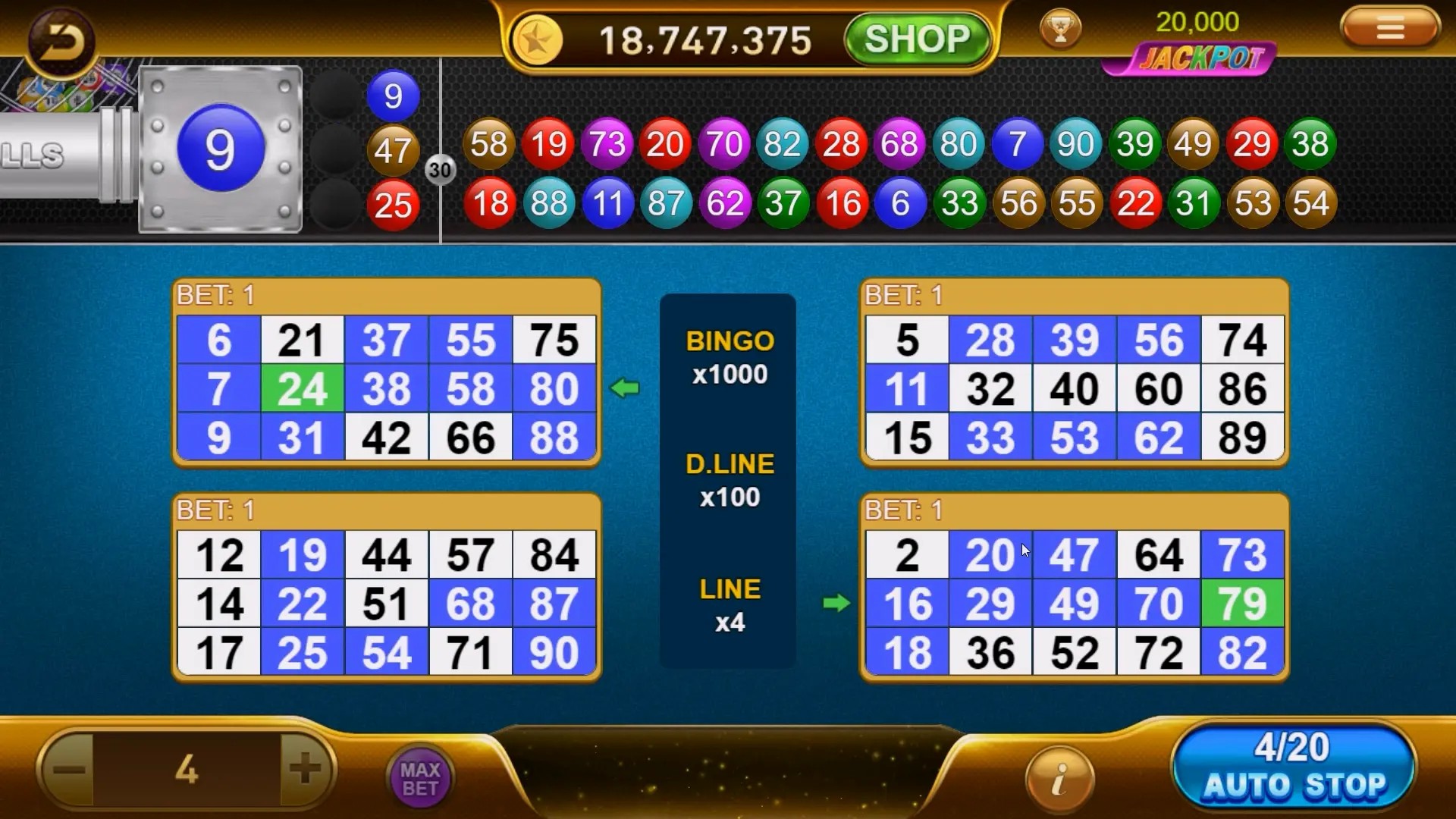Why Hyper Casual Games Are Dominating the Browser Gaming Scene Today
In the evolving landscape of browser games, one genre is decisively taking center stage—hyper casual games. These games are designed to be simple, engaging, and quick to pick up, allowing players to dive in without a steep learning curve. With their rising popularity, let's explore why hyper casual games are currently dominating the browser gaming scene.
What Are Hyper Casual Games?
Hyper casual games are characterized by their minimalistic gameplay and straightforward mechanics. These games often feature:
- No intricate storyline
- Simple graphics
- Easy-to-understand controls
This accessibility attracts a broad audience, making it a popular choice for casual gamers.
Browser Gaming: A Pivotal Shift
The browser gaming scene has seen a significant shift due to various factors, including:
- The advent of high-speed internet
- Improved browser technology
- Growing mobile usage
These factors have created a conducive environment for hyper casual games to thrive.
Why Players Love Hyper Casual Games
So why are players flocking to hyper casual games? Here are key points:
- Instant Gratification: With short gameplay sessions, players can feel accomplished quickly.
- Stress Relief: These games offer an escape from daily stresses without demanding too much time or energy.
- Simplified Engagement: Players can jump in and out whenever they wish, fitting their gaming time into busy schedules.
The Role of Social Media in Popularity
In today’s digital world, social media plays a crucial part in the rise of hyper casual games. Platforms like Facebook, Twitter, and Instagram help in:
- Spreading awareness of new games
- Encouraging user-generated content
- Fostering community interaction
A Glance at Key Statistics
| Statistic | Value |
|---|---|
| Percentage of mobile gamers who play hyper casual games | 80% |
| Average session duration | 10 minutes |
| Increase in browser game revenue (2021-2022) | 25% |
Examples of Popular Hyper Casual Games
Some leading titles that illustrate the genre's success include:
- Helix Jump
- Color Switch
- Flappy Bird
Challenges Faced by Developers
Despite their success, hyper casual games are not without challenges:
- Market Saturation: With low entry barriers, many developers create similar games, making it hard to stand out.
- Monetization Strategies: Finding effective ad placements without ruining the experience can be tricky.
Future Trends in Browser Gaming
As we look ahead, what future trends can we anticipate in browser gaming? Consider the following:
- Integration of augmented reality elements
- Increased emphasis on social features
- More bespoke gaming experiences tailored to individual players
The Clash of Clans Level 7 Base Influence
Interestingly, games like Clash of Clans show that strategic gameplay can co-exist within the browser realm. The level 7 base offers players a structured challenge, integrating social aspects and competition.
Making Gaming More Social
The elements of competition and collaboration are essential in engaging players. Many hyper casual games encourage:
- Friend invites
- Leaderboards
- Sharing achievements with friends
Why Board Games Aren’t Outdated
One might wonder about traditional games like board game potato. These have a nostalgic appeal and cater to audiences that enjoy tactical play:
- Community gatherings
- Face-to-face interaction
While digital gaming grows, these experiences remain relevant.
The Parallels Between Hyper Casual and Traditional Games
Despite their differences, hyper casual games share similarities with traditional board games. Both require:
- Strategic thinking
- Decision-making skills
- Social interaction with others
User Experience: The Key to Retention
For hyper casual games, user experience is critical. Factors that enhance UX include:
- Clear tutorials
- Pleasant graphics
- Responsive controls
Conclusion: The Future of Browser Gaming
In summary, hyper casual games have carved out a niche for themselves in the browser gaming scene, riding the wave of technological advancements and user preference shifts. Their simplicity, accessibility, and engagement strategies set them apart. While challenges exist, the prospects for growth and innovation in this rapidly changing industry remain bright. The future is indeed exciting!



